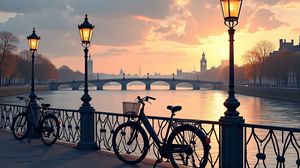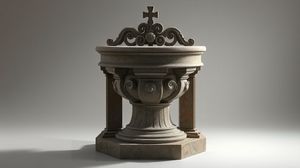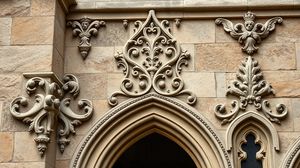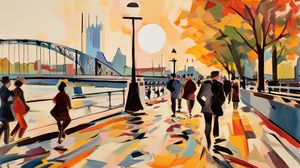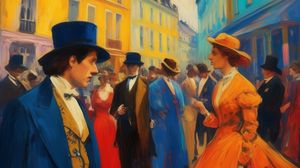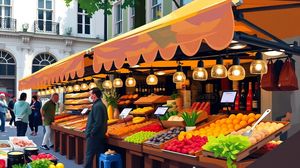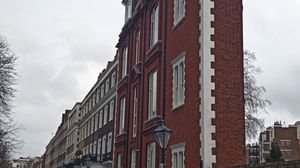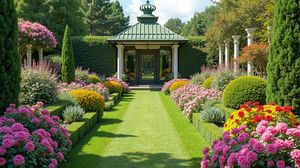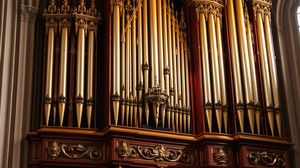
The Bob Marley Blue Plaque in London commemorates reggae legend Bob Marley's time in the city. This blue plaque is installed by English Heritage as part of their series to honor notable figures from the past who lived or worked in London. The plaque marks the house where Marley lived during a transformative period in his life.
Bob Marley resided at 42 Oakley Street in Chelsea during 1977, a year of significant creativity for the artist. This was the year when he laid down tracks for the iconic album "Exodus," which contained classics like "Jamming," "Waiting in Vain," and "One Love." The album went on to become one of Marley's most acclaimed works, highlighting his time spent in London as pivotal to his music career.
London's cultural atmosphere in the late 1970s provided Marley with an inspiring backdrop. During his stay, Marley connected with London's vibrant music scene, furthering his influence and popularity in the UK. The diverse environment and social dynamics of London during this period served as a rich source of inspiration for his songwriting.
The blue plaque not only commemorates Marley's residence but also his influence in bringing reggae to a global audience, thus enriching London's multicultural music tapestry. Fans and tourists often visit the site to pay homage to Marley's enduring legacy and to connect with the historical context of his artistic journey.
Bob Marley's time at this location was also during a period of recuperation, as he sought refuge in London following an assassination attempt in Jamaica. The move to London allowed him to recharge creatively in a city known for its dynamic and eclectic vibe.

Making the Most of Your Visit:
Start your visit by getting a feel of the neighborhood. Chelsea is a beautiful area to wander around, with its charming streets and unique shops. It helps set the scene for understanding why Marley found inspiration here.
Bring along a camera or your smartphone to capture the plaque, but also take some time to appreciate the architecture of the house. It's a great example of 19th-century residential style and gives you a sense of the historic atmosphere Marley experienced.
Listen to the "Exodus" album, either before visiting or during your walk around the area, to connect with the music Marley created during his time in London. It adds a layer of personal experience and makes the visit even more meaningful.
Consider stopping by a local café or pub nearby. Many have roots going back several decades and may have been around during Marley's time — who knows, it might be the same places he visited!
If you're a super fan or just curious, delve into the local archives or look online for more history about Marley's stay. You might find fascinating stories about his interactions with the local community, adding depth to your visit.

Visiting Times & Costs:
The "Bob Marley Blue Plaque" is accessible to the public as it is situated on the exterior of a residential building. Being a part of English Heritage's blue plaques scheme, it is available for viewing any time of the year, without specific opening hours.
Cost: Free. There are no charges associated with viewing the plaque itself.
Accessibility: As the plaque is located on a public street, it is generally accessible. However, note that the viewing area may include uneven pavements or steps typical of the surrounding Chelsea neighborhood, which could present challenges for those with mobility impairments.

Address & Map:

Nearby:

